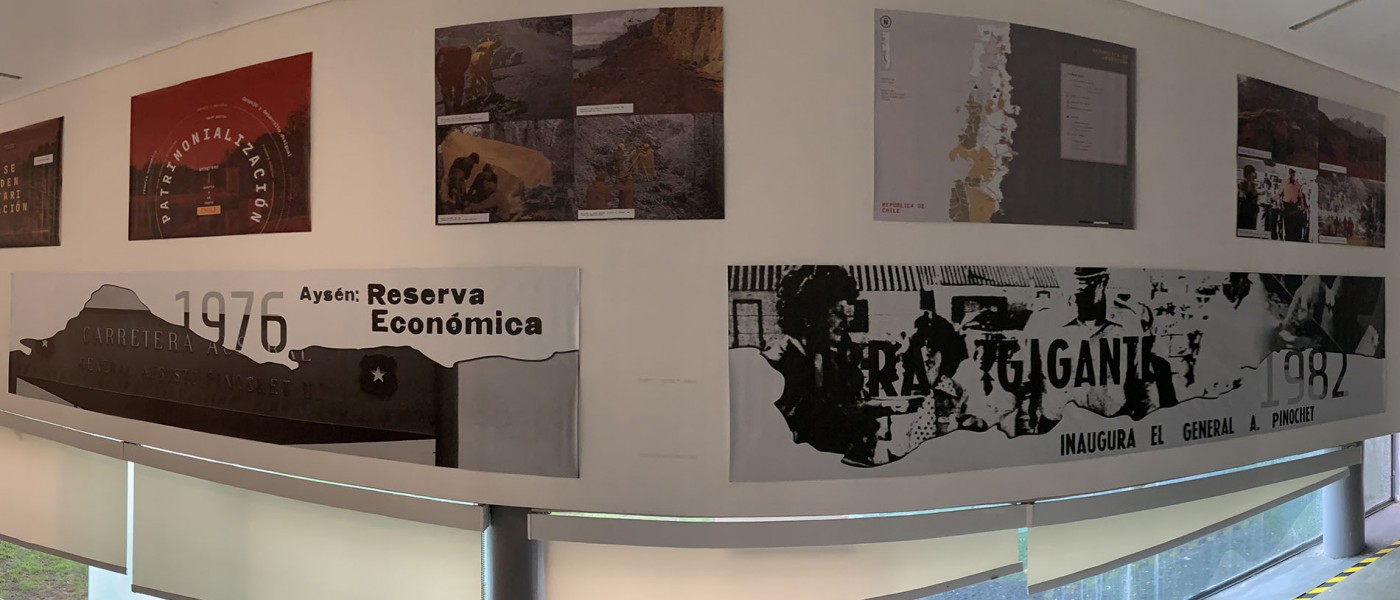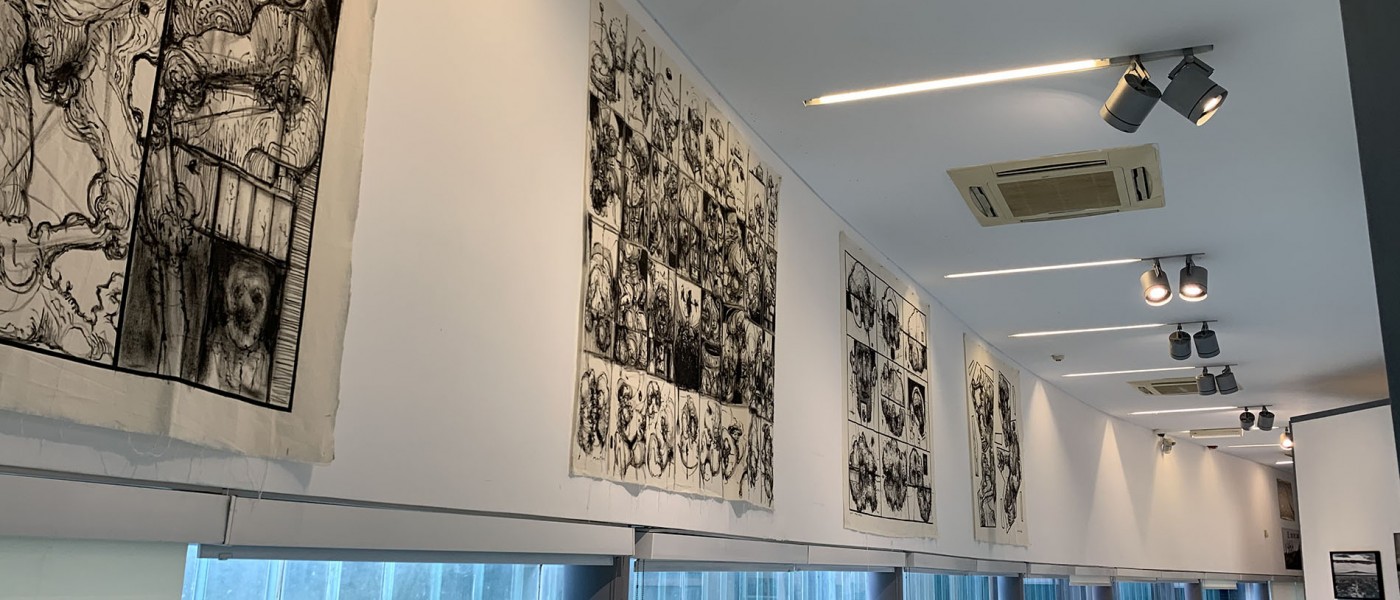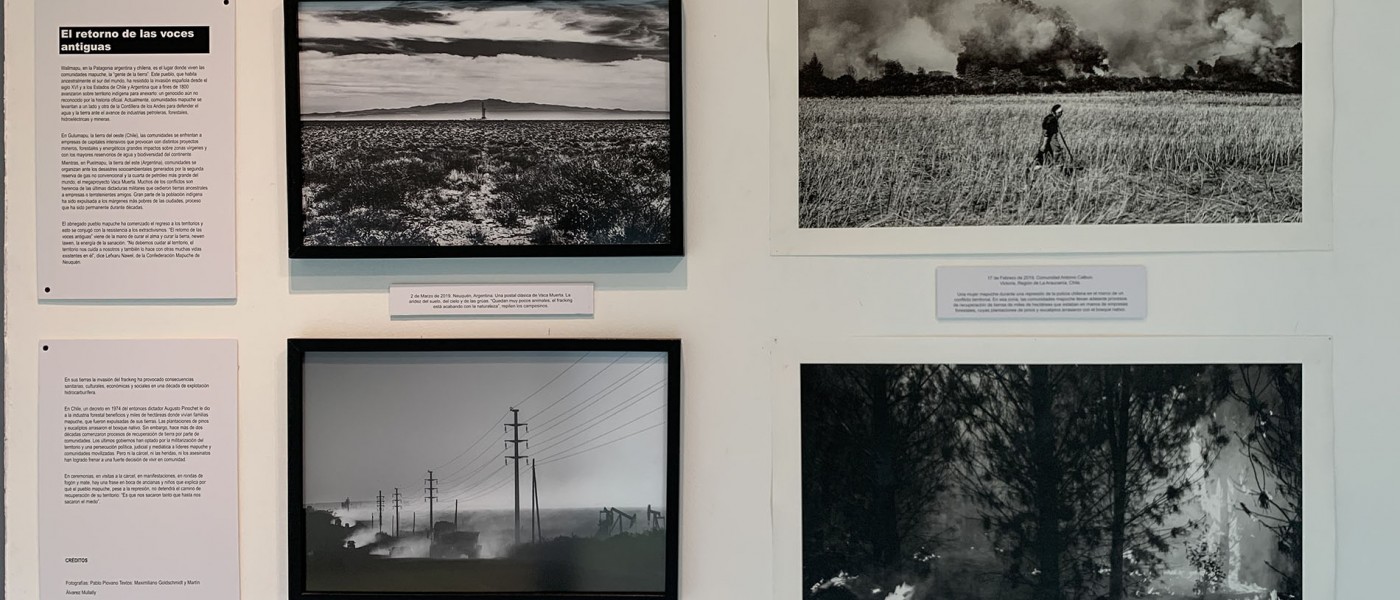Fifty years after the military coup in Chile and four decades after the return of democracy in Argentina, this exhibition proposes an exercise in archeology on the ways in which our subjectivities and our territories are produced today.
Narratives, works of art, images, texts, performances, cartographies, and testimonies, are a proof of the constituent articulation between authoritarian power and some of the principles and practices that are part of the ways in which we think and plan our cities and the daily worlds we inhabit. The market and capitalism as a unique paradigm, violence against the popular sectors, inequality, the different forms of dispossession and the sacrifice and destruction of nature, to name a few examples, are the necessary evils of “development”.
The first section, Fiction, fantasy, spectacle, offers a review of various types of mediations that produce a representation of reality. Such representation promotes, stages or amplifies the social consensus that favors authoritarian regimes in both countries. The second section, A fair city, gives a critical look on authoritarian pasts and the works exhibited invite us to renew our perspectives, usually focused on the most outstanding spaces-time due to their institutional seriousness or their performative power. What narratives are possible on the margins of tragedy? What utopian power lives in the memory of Allende’s political project? These questions are interpreted from different perspectives here.
The third section, Violence, order and dispossession, addresses stigma, prejudice and systematic and structural violence against popular sectors, but also the different and creative ways they offer their resistance. It is then made clear how policies, norms and regulations guaranteed a possible and legitimate institutional framework for the city and territory to unfairly and unequally produce. Finally, different forms of dispossession are presented that were promoted in authoritarian contexts and persist to this day, with their effects and consequences.
This exhibition is the result of intense collaborative work by groups and people who, from art, social sciences, architecture and geography, have been working on these issues on both sides of the mountain range. It highlights the violent and authoritarian origin of many of the territories we inhabit, the illegitimacy of legal and administrative measures that promote spatial injustice at different scales, and the devices that encourage commodification of lives, territories and future horizons. As a true call for the younger generations, this exhibition is also an invitation to imagine new horizons and to restore our links with the utopian power of a fair city.
Carlos Salamanca Villamizar



